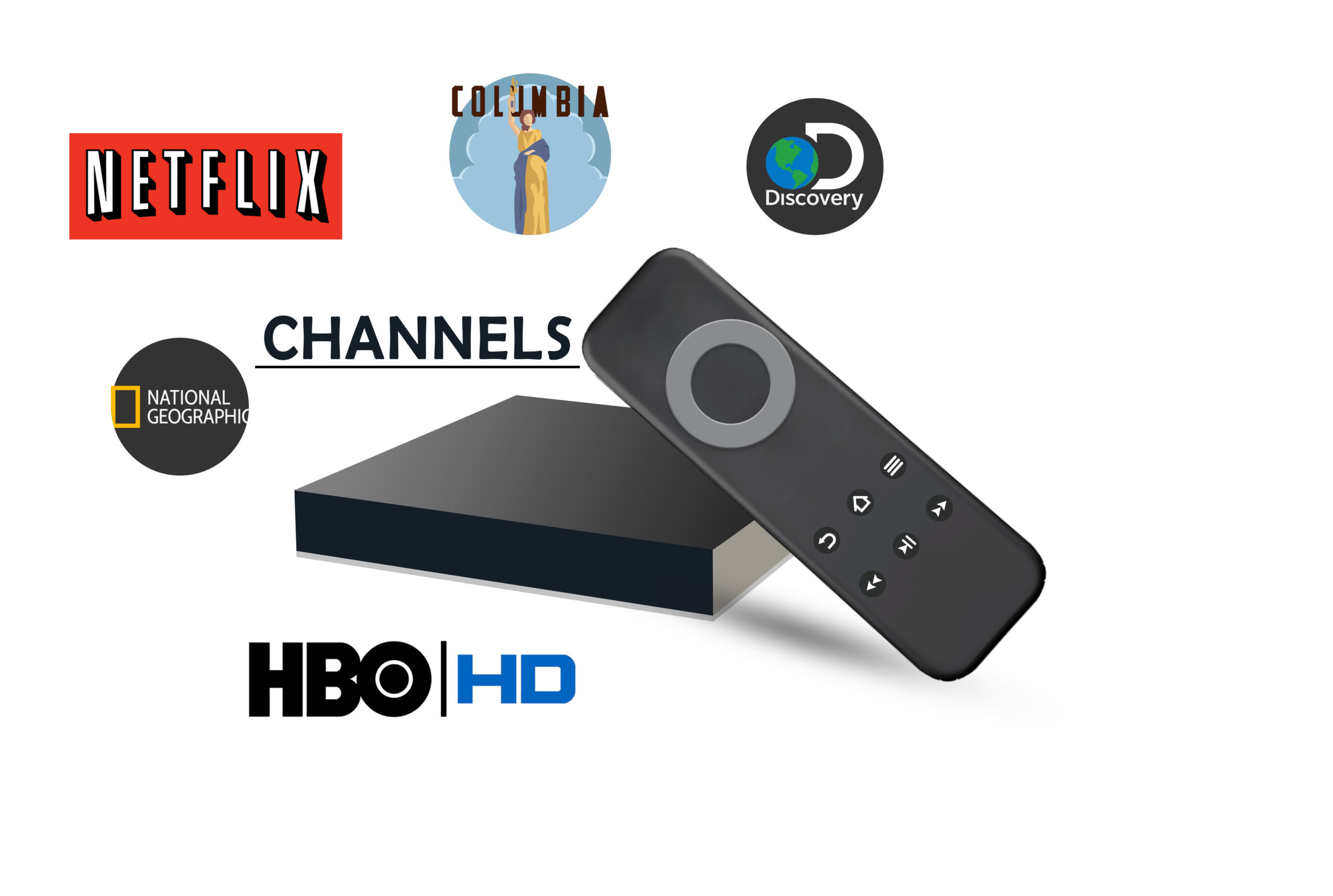There has been an escalating demand for websites to ensure that brands have their foothold in the virtual space. This brings in the need to adapt to the techniques associated with sites, its development, and design.
Developing such technological finesse requires individuals to be aware and updated about the ever-evolving techniques associated with the same. This, coupled with the management methodologies, assures brands that they are sailing towards the best, and speeding past their competitors, as far as efficiency is concerned.
Without a strategist, systematic, and organized approach, launching the best sites or apps, becomes an impossible situation. Multiple project management methodologies chisel the prospect of projects.
As of the latest updates, there are two prime runners in the show that have taken over the IT world – the Waterfall and the agile website design methodology. The two have their separate fan base, as per the project scope of the users. While both are more or less equally popular, today we have the challenging task of crowning one. So, here comes the face-off between Waterfall and Agile web design methods!
Your Gladiator Pick – The Waterfall Method or the Agile Web Design Method?
The arena is set, the audience is barricaded into two fan communities, and the fight is on the way!
Will it be The Flash – Agile or Thor – The Waterfall?
Well, it all depends on their performance for each round (read: ‘fields’)!
1st Round: Definition
The Waterfall Method: The traditional method of project management, the Waterfall method is a linear process that involves multiple planning and documentation. The framework provides order-to-project management and is the core of many companies still due to the predictable nature of the method. Members are tied down with the responsibility to pursue the linear stages of this methodology and progress forward only.
Agile Web Design Method: An innovative approach, the Agile method has as its core, change. The Agile website design method process aims to deliver state-of-the-art, appropriate software that bestows values to its clients. The process is a cyclical one, making it replicates and flexible. The orders of the cycle are thus not stringent in its chronology, leaving ample room to alter the scope of the current project.
2nd Round: Sequence of Events
The Waterfall Method:
This traditional method involves the following chronology in web designing. The sequential Waterfall methodology phases involve –
Step 1: Gathering the required documents.
Step 2: Looking out for a suitable website design that caters to the client’s requirements.
Step 3: Test codes and unit tests.
Step 4:Testing of user acceptance and system.
Step 5: Fix issues, if any.
Step 6: Deliver the final product to the client.
The methodology is widely accepted by companies that lean heavily on their hierarchical structure.
Agile Web Design Method:
The steps to this project methodology are the same as that of the Waterfall methodology design phase. The only difference is that, in such cases, there are no stringent rules regarding the chronology of the steps. It allows continuous tests of the methods against various environments. Web design companies in New York and related areas are a true follower of this methodology. You can always take a look at their case studies to find more.
3rd Round: Project Scope
The Waterfall Method: Considering that the Waterfall method of web designing is not adaptable to changes, it functions the best with the project scope acknowledged well in advance. Furthermore, being driven by contract bonds, the process limits alterations.
Agile Web Design Method: Agile web designing technique is accepting of alterations and hence, is strategist as such that its budget allows changes to its project processing. Thus, even if the scope of the project is not defined well in advance, agile functions efficiently in designing your website.
4th Round: Clients
The Waterfall Method: Operating on a single and lengthy sprint, the Waterfall method does not involve clients unless milestones are achieved. It works well for clients whose requirements are not subjected to changes across the span of the project.
Agile Web Design Method: The Agile web designing method is all for working in shorter cycles. It promotes that its customers are capable of looking into its values at the steadily delivered codes and hence the overall value at the earliest.
5th Round: Availability of Funds
The Waterfall Method:
The innate, low-risk Waterfall design method thrives on a comparatively lower budget. It serves as a prerequisite for cost-effective project implementations.
Agile Web Design Method:
Increased funding fuels the efficiency and benefits of Agile Website Design in project management. It caters to the open possibilities of alterations to the project scope during the running of the same.
6th Round: Statistics Stating Success Rate
The Waterfall Method
- The success rate of Waterfall methodology lies at 26%, 53% of the projects working with Waterfall are challenged, while 21% have failed.
- 2% of companies rely purely on the Waterfall technique.
Agile Web Design Method
- A majority of the Fortune 500 companies lean towards Agile adoption.
- 50% of the team working with Agile will be working remotely by the year 2020.
- The success rate of Waterfall methodology lies at 42%, 50% of the projects working with Waterfall are challenged, while 8%have failed.
Conclusion
Having an in-depth idea about the Waterfall and Agile methodologies reflects the substantial challenge in comparing the two. The issue is – the labeling of these methodologies, considering that brands rarely implement project management methods that are exclusive. Therefore, irrespective of the pros and cons of the two, each of them has its unique requirements based on client requirements and the project scope.
Like this:
Like Loading...













 Major Security Issues for IoT App Development
Major Security Issues for IoT App Development